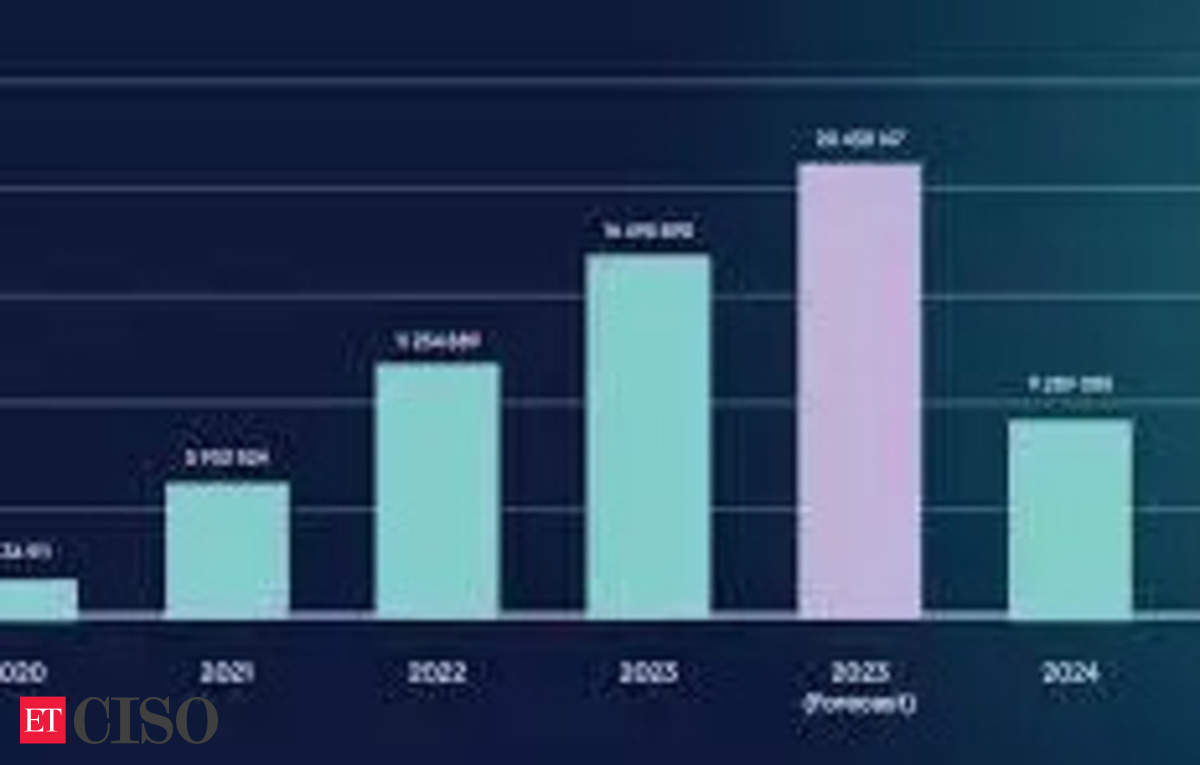India’s Online Video Sector Faces Threat from Digital Piracy
India’s online video sector, which is projected to be valued at $4.2 billion by 2024, is under significant threat from widespread digital piracy, potentially leading to substantial economic losses and job losses by 2029 if not addressed promptly.
A recent report by Media Partners Asia, in collaboration with IP House and the Confederation of Indian Industry, unveiled at the World Audio Visual and Entertainment Summit (WAVES) 2025, revealed that digital piracy resulted in losses of $1.2 billion in 2024 alone. Approximately 90 million users accessed pirated content during the year. The report projects that, without intervention, the number of users consuming pirated video content could surge to 158 million by 2029, with total cumulative losses reaching $2.4 billion.
Impact on the Digital Video Industry
This trend could further hinder growth in a sector already challenged by low SVOD penetration and constrained advertising revenue. However, the implementation of effective anti-piracy measures could help India’s digital video industry recover $1.1 billion in lost revenue, reinvest $0.5 billion into content creation, and generate approximately 47,000 jobs by 2029. Additionally, these efforts could drive the creation of over 158,000 direct and indirect jobs between 2025 and 2029, bolster platform sustainability, and enhance tax contributions.
Addressing Digital Piracy
At WAVES 2025, a panel discussion titled "Piracy: Safeguarding Content through Technology" convened global leaders in media, law, and cybersecurity to evaluate the impact of piracy on the digital content economy and outline potential countermeasures. Moderated by Neil Gane, Vice President and Head of Asia Pacific at IP House, the discussion underscored the growing consensus that piracy has evolved from a marginal issue into a mainstream threat requiring coordinated, multi-dimensional responses.
Vivek Couto, Managing & Executive Director at Media Partners Asia, emphasized the financial toll of unchecked piracy. "Online piracy is expected to cost the industry over 10% in lost revenue between 2025 and 2029," he said. "But effective anti-piracy enforcement could drive a 25% increase in legal video service users and unlock a $0.5 billion boost in content investment, raising the total value to $3.8 billion by 2029."
Combating Piracy
Dr. Shruti Mantri, Associate Director at ISB Institute of Data Science, drew attention to the overlap between digital piracy and cybercrime. "Piracy often involves malicious tools like trojans, ransomware, and spyware. Users between 24 years old are particularly vulnerable," she said. She advocated for widespread public awareness and educational initiatives, emphasizing that prevention must start with informed consumers.
Anurag Kashyap, Head of Anti-Piracy Operations at DAZN, described a proactive approach to combating piracy in the sports sector. "Our strategy is built around the three Ds: detection, disruption, and deterrence. We start enforcement even before the event goes live," he said. Anil Lale, Head of Legal at JioStar, stressed the need for strong enforcement. "The biggest deterrent is prosecuting the pirates. Law enforcement must identify the source of leaks and stop playing catch-up," he said.
Conclusion
Praveen Anand of Anand and Anand Associates highlighted the need for both technological tools and judicial reform. "Tools like AI, blockchain, and watermarking are crucial. But we must also make camcording difficult with measures like metal detectors. Timely legal action is essential to create deterrence," he noted. The panel discussions at WAVES 2025 underscored the urgent need for coordinated efforts to combat digital piracy and ensure the growth and sustainability of India’s digital video industry.
Published On
Published On May 5, 2025 at 09:14 AM IST
Join the Community
Join the community of 2M+ industry professionals and subscribe to our newsletter to get the latest insights & analysis.
Source Link






